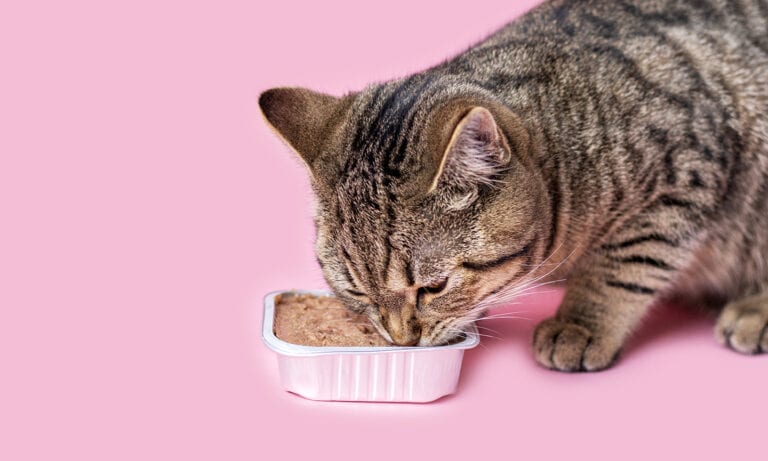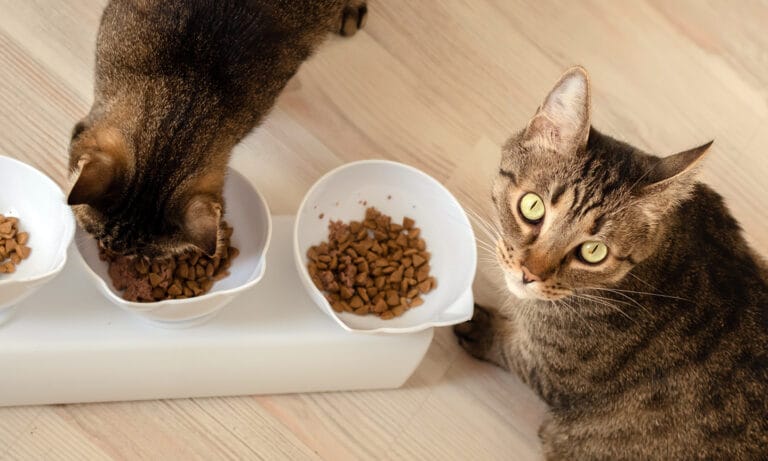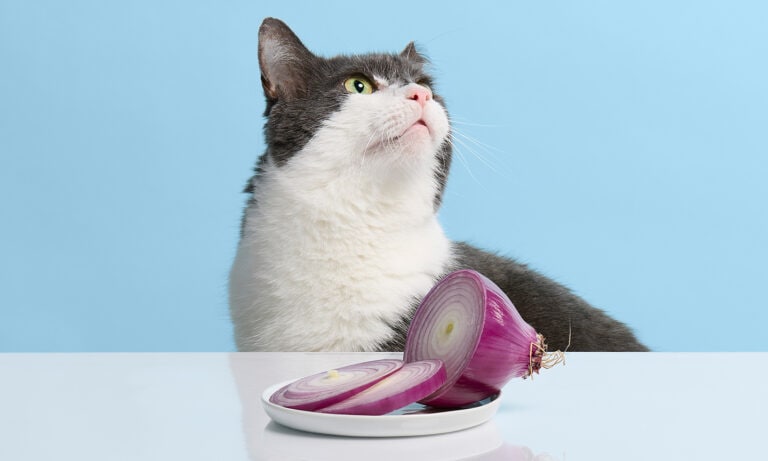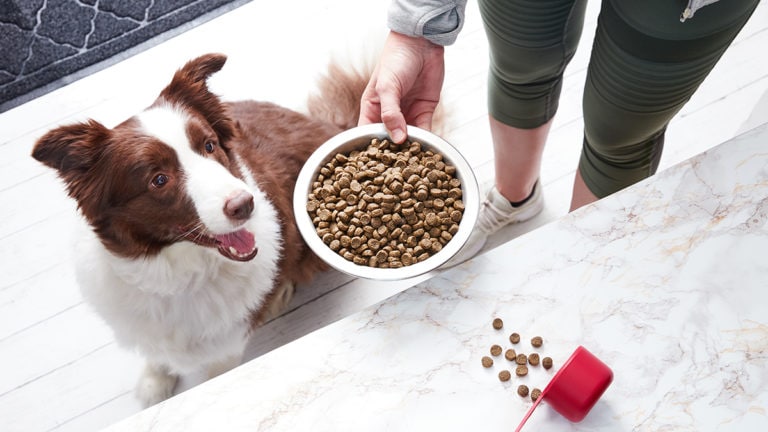You might have heard from your vet or other pet parents about a rotational diet for dogs or cats. It sounds complex, but in a nutshell, it means changing up the food your pet eats every now and then. The change could be in proteins (chicken versus beef, for instance), or the switch might be texture-related, such as introducing freeze-dried options like Stella & Chewy’s Chicken Meal Mixers. “Some owners want their pets to have variety in their diets like they do,” says veterinary scientist Sherry Lynn Sanderson, Ph.D., of the University of Georgia—College of Veterinary Medicine. “Plus, if a dog develops a medical condition for which it must be kept on a very specific diet, anecdotally it will be more accepting of it if it has been fed a variety of foods throughout its life.” A rotational diet for dogs and cats will also expose them to a wider variety of vitamins and minerals and can even reduce the risk of food allergies. “Recent findings by some feline veterinarians suggest that offering one food for years on end contributes to the development of food allergies or irritable bowel syndrome in cats,” says Susan Wynn, board-certified nutrition specialist for Blue Pearl Emergency Veterinary & Specialty Animal Hospital in Sandy Springs, Georgia. But, before switching dog food or cat food diets, check out this advice from experts on pet nutrition.
Stick With High-Quality Options
Don’t change your pet’s current food for another brand that isn’t complete and balanced, warns Dr. Sanderson. “You shouldn’t rotate through unbalanced pet foods in the hope that you are ultimately providing an overall balanced diet,” she says. Instead, look for brands that are complete and balanced for your pet’s life stage, like American Journey.
Start Early On
Keep in mind that switching dog food or cat food is much easier to do with puppies and kittens than with a pet who has grown used to a certain taste over the years.
Offer a New Food When They’re Hungry
If you have a sense that your pet may be resistant to a new food (because he’s never known anything else), reduce the availability of food the day before you start the rotational diet for your cat or dog. You certainly don’t want to starve your pet—dog nutrition and cat nutrition are crucial—but you do want them to be hungry when you’re offering something new, says Wynn.
Store Dog Food Properly
Since it will take longer to finish a bag of food if you are following a rotational diet for cats or dogs, be sure to store the food away from sunlight and in a clean, dry place. Or consider buying single-serving canned foods in a variety pack, like Weruva Cats variety pack of grain-free canned cat food, so you don’t have to worry about properly storing leftovers.
Think Twice About Novel Proteins
“Try to avoid feeding diets that contain very novel protein sources, such a kangaroo and rabbit, because if your dog develops food allergies down the road, those protein sources are no longer considered novel for your dog and cannot be used for a food trial,” explains Dr. Sanderson.
Don’t Push It
If your pet won’t accept the new food despite your attempts to gradually introduce it, know that you’re not alone. Ask your veterinarian or specialist in dog nutrition or cat nutrition for advice before you proceed any further.
Share:











